Author: Phil Rusher
When selecting hops to use in a beer, brewers must consider the influence they will have on the perceived bitterness of the finished product, which is largely the result of isomerization of alpha acids found in hops. Seeing as bitterness is a function of both the percentage of alpha acid in the hops being used and the amount of time hops spend in the boiling wort, brewers are commonly advised to make their bittering additions at the beginning of the boil, which reduces the amount of hops required to achieve the desired result.
A classic brewing concept breaks kettle hop additions into 3 main parts based on when they’re added to the boiling wort. As discussed, hops added at the beginning of the boil are for bitterness, whereas those added with around 30 minutes or less impart flavor and hops added toward the end of the boil are for aroma. While ample evidence exists that shows hops added at any point during the boil will contribute certain degrees of bitterness, flavor, and aroma, the amount of hops required to get the same level of bitterness in a shorter boil will be higher than if added earlier, which would presumably increase the hop flavor and aroma as well.
In my years of brewing, I’ve tended to stick with the conventional approach to hopping most of my less hop-forward beers, tossing a bittering additions in at the beginning of 60 minute boil. However, with all the talk of reduced boil length lately, I’ve been curious as to how compensating by increasing the amount of kettle hops has on beer. With a past xBmt showing tasters could tell apart a Blonde Ale kettle hopped at 60 minutes from one hopped at 30 minutes to the same IBU, I decided to test it out again with a clean lager.
| PURPOSE |
To evaluate the differences between two pale lagers bittered to the same IBU with the same hop at either 60 minutes or 30 minutes left in the boil.
| METHODS |
With Oktoberfest upon us, I went with a simple Festbier recipe hopped with a single low alpha variety for this xBmt.
Of The Essence
Recipe Details
| Batch Size | Boil Time | IBU | SRM | Est. OG | Est. FG | ABV |
|---|---|---|---|---|---|---|
| 5.5 gal | 60 min | 19.5 IBUs | 3.7 SRM | 1.055 | 1.013 | 5.6 % |
| Actuals | 1.055 | 1.009 | 6.1 % | |||
Fermentables
| Name | Amount | % |
|---|---|---|
| BEST Pilsen Malt (BESTMALZ) | 10 lbs | 94.12 |
| Carapils (Briess) | 8 oz | 4.71 |
| Swaen©Melany | 2 oz | 1.18 |
Hops
| Name | Amount | Time | Use | Form | Alpha % |
|---|---|---|---|---|---|
| Hallertauer Mittelfrueh (or 55 g at 30 min) | 45 g | 60 min | Boil | Pellet | 3.7 |
Yeast
| Name | Lab | Attenuation | Temperature |
|---|---|---|---|
| Global (L13) | Imperial Yeast | 75% | 46°F - 56°F |
Notes
| Water Profile: Ca 50 | Mg 10 | Na 5 | SO4 105 | Cl 45 |
Download
| Download this recipe's BeerXML file |
I made two large yeast starters of Imperial Yeast L13 Global a couple days ahead of time.
On brew day, I weighed out and milled two identical sets of grain.
I then collected the water for both batches, adjusting each to my desired profile before heating them to the same strike temperature, at which point I incorporated the grains and checked to ensure both were at the same target mash temperature.
Both mashes were left to rest for 60 minutes.
At the end of each mash rest, the grains were removed and allowed to drain into the kettle.
While the wort was heating up, I measured out the kettle hop additions. While the 60 minute addition batch would get 45 grams of hops to achieve 19.5 IBU, the 30 minute addition received 55 grams to hit the same IBU.
As soon as one batch reached a boil, I added the respective hop charge and set a timer for 60 minutes. For the second batch, the hops were added 30 minutes into the boil and left for just 30 minutes. At the completion of each boil, the worts were chilled with my CFC.
Refractometer readings showed the worts were at the same OG.
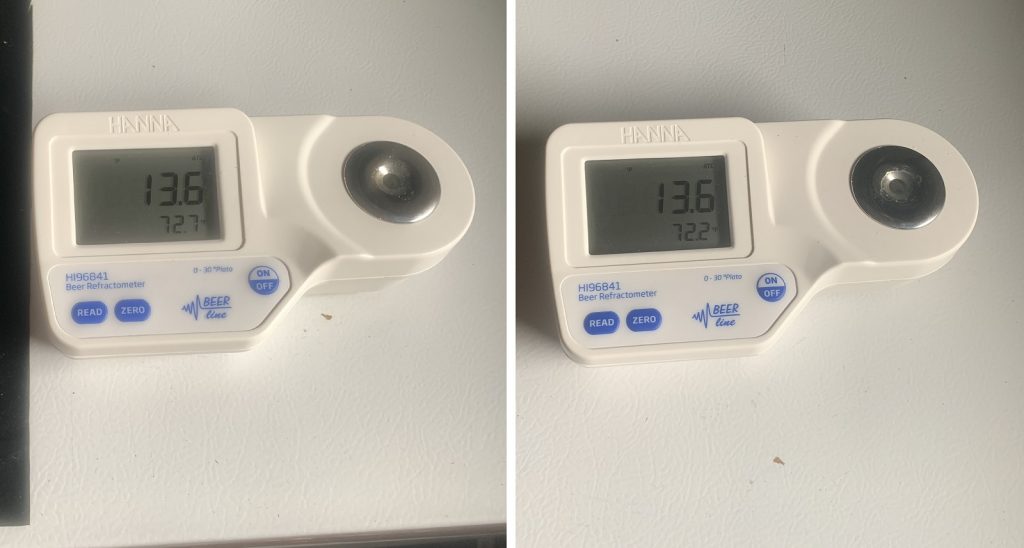
The filled fermenters were placed in my chamber controlled to my desired pitching temperature of 50°F/10°C and left to finish chilling for a few hours before I returned to pitch the yeast.
After a week of fermentation at 55°F/13°C, I raised the temperature to 65°F/18°C and left the beers alone for another week before taking hydrometer measurements showing both finished at 1.009 FG.
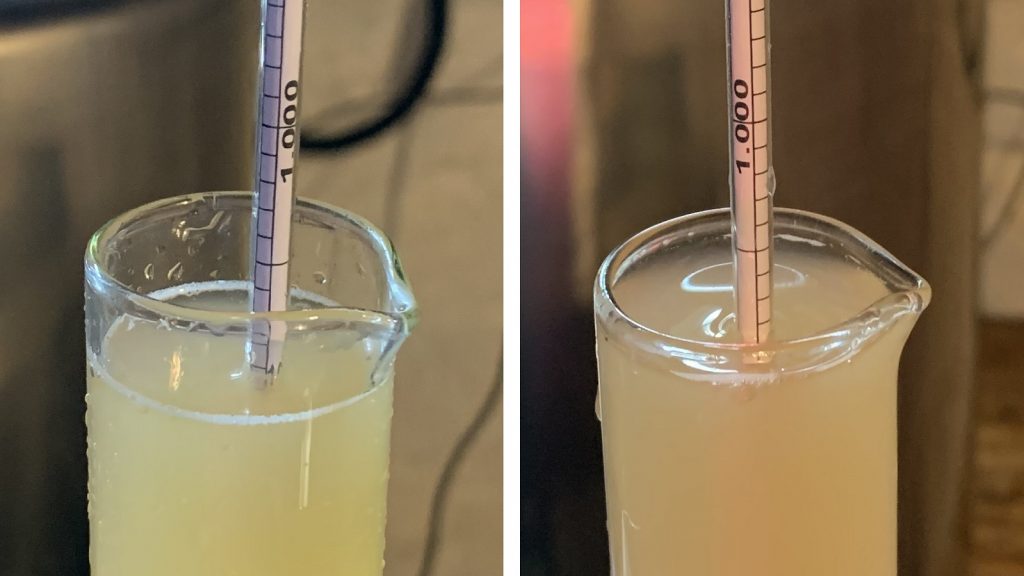
The beers were then racked to sanitized and CO2 purged kegs.
The filled kegs were placed in my keezer to cold crash overnight before I fined with gelatin and burst carbonated each. After a week of conditioning, they were ready to evaluate.
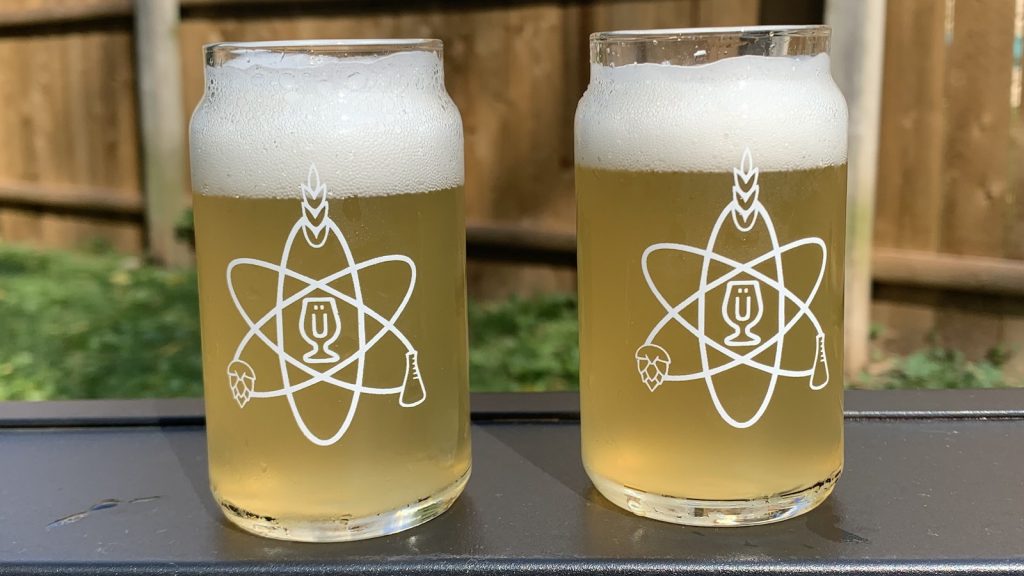
| RESULTS |
Due to social distancing practices as a result of the COVID-19 pandemic, data for this xBmt was unable to be collected in our typical manner. As such, temporary adaptations were made involving the author completing multiple semi-blind triangle tests in as unbiased a way as possible.
Utilizing 4 opaque cups of the same color where 2 were inconspicuously marked, one set was filled with the beer bittered at 60 minutes while the other set was filled with the beer bittered at 30 minutes. For each triangle test, 3 of the 4 cups were indiscriminately selected, thus randomizing which beer was the unique sample for each trial. Following each attempt, I noted whether I was correct in identifying the unique sample. Out of the 10 semi-blind triangle tests I completed, I needed to identify the unique sample at least 7 times (p<0.05) in order to reach statistical significance. In fact, I correctly identified the unique sample 8 times, (p=0.003), indicating my ability to reliably distinguish a Festbier bittered at 60 minutes left in the boil from one bittered to the same IBU with more hops at 30 minutes left in the boil.
Despite the results from the previous xBmt on this topic, I expected these beers to be indistinguishable, but I was wrong about that. While both had a crisp, somewhat grainy sweet and bready malt character with minimal hop presence, I picked up a more pronounced sulfur aroma in the one bittered at 30 minutes, which is what made it stand out to me.
| DISCUSSION |
Ask any homebrewer what the term “bittering addition” means and they’ll almost certainly explain that it refers to the hops added at the beginning of the boil, which over the hour or longer they’re in contact with the hot wort, impart bitterness but not much else. Similarly, it’s commonly accepted that hop additions made mid-boil, when there’s about 30 minutes left, contribute more flavor and less bitterness. The fact I was able to reliably distinguish a young Festbier hopped at 60 minutes left in the boil from one that received slightly more hops at 30 minutes left in the boil supports the idea that the timing of hop additions has a perceptible impact, despite having the same expected IBU.
Adding hops earlier in the boil is believed by many to increase bitterness while imparting little flavor and aroma, and while I was able to tell these beers apart pretty consistently, it’s not necessarily because the one hopped at 30 minutes into boil had more flavor, but rather seemed to have a stronger sulfur aroma. I typically associate sulfur with fermentation, not hops, so I’m stumped as to how the timing of the kettle hop addition caused this difference. While I prefer my beer fresh, it’s possible some age would have brought these beers closer together.
There’s definitely something to say about being able cut certain corners in order to brew a batch in less time, and while boil length appears to be a non-issue, the point at which the bittering addition is made seems to have an impact. While I’m sure great beers can be made where the bitterness comes from later kettle hop additions, after comparing these two beers, I have no plans to change my more traditional approach of boiling for 60 minutes and judiciously adding hops early on while saving any flavor and aroma additions for later in the boil.
If you have any thoughts about this xBmt, please do not hesitate to share in the comments section below!
Support Brülosophy In Style!
All designs are available in various colors and sizes on Amazon!
Follow Brülosophy on:
FACEBOOK | TWITTER | INSTAGRAM
If you enjoy this stuff and feel compelled to support Brulosophy.com, please check out the Support page for details on how you can very easily do so. Thanks!


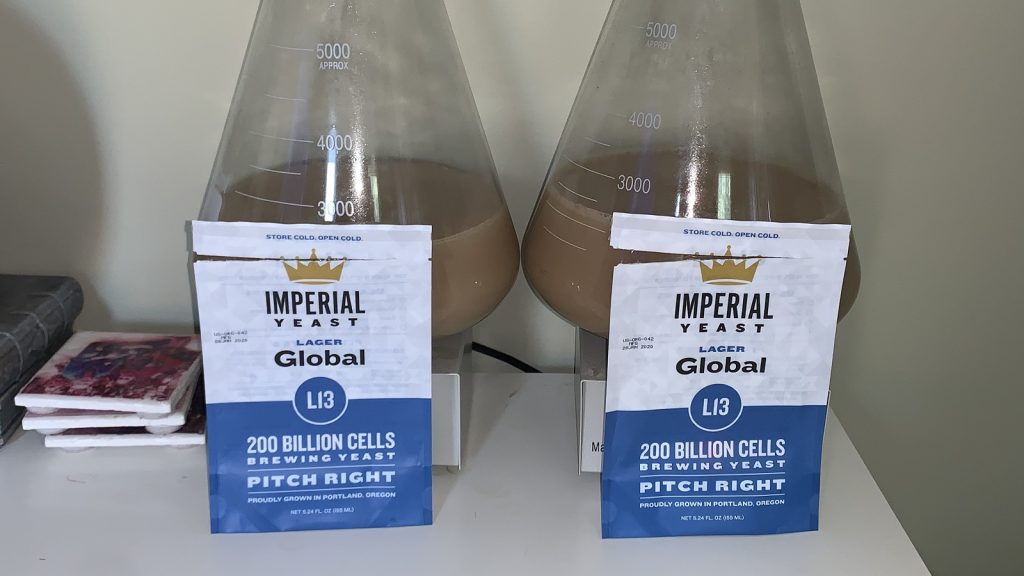
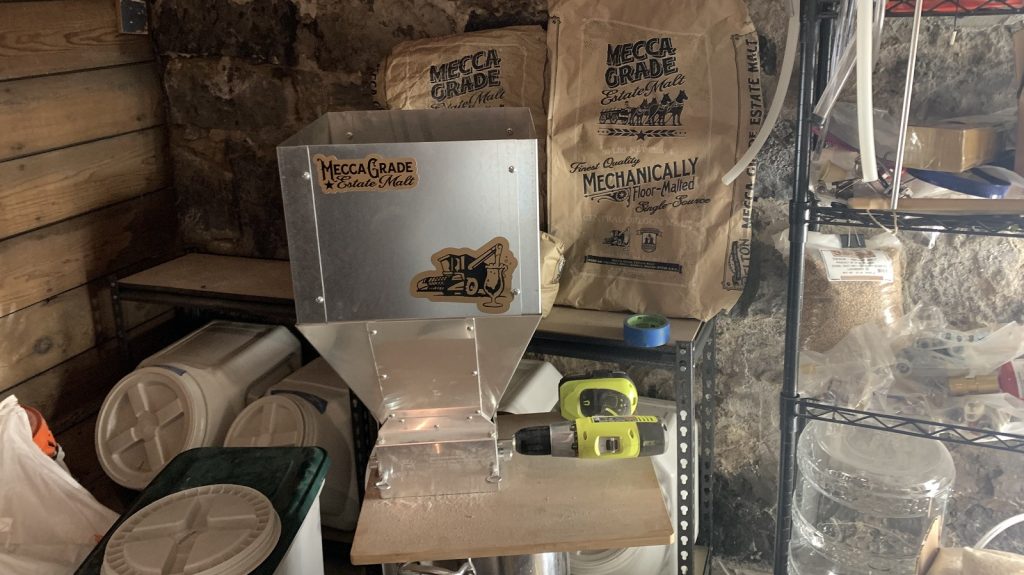
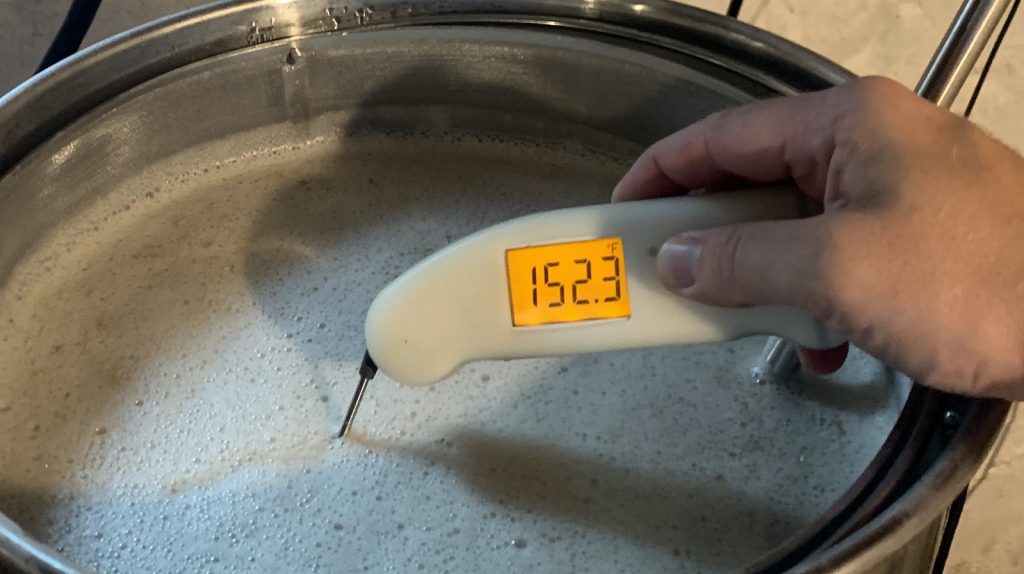
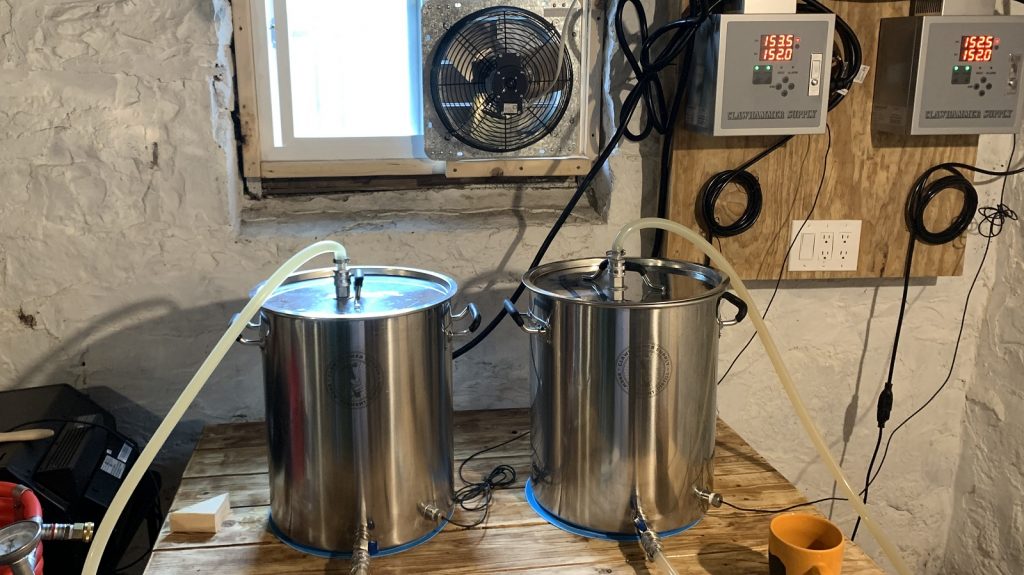
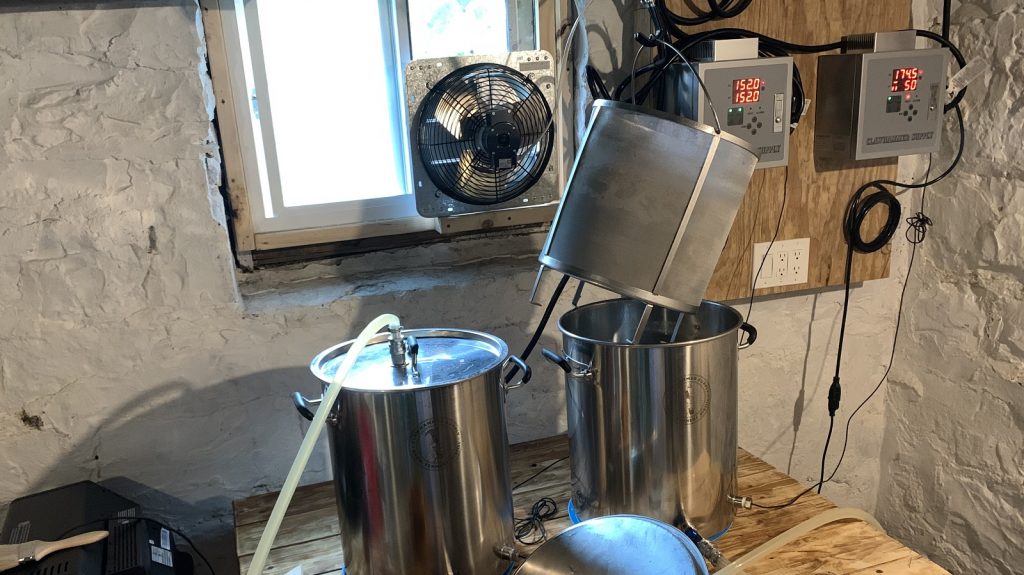
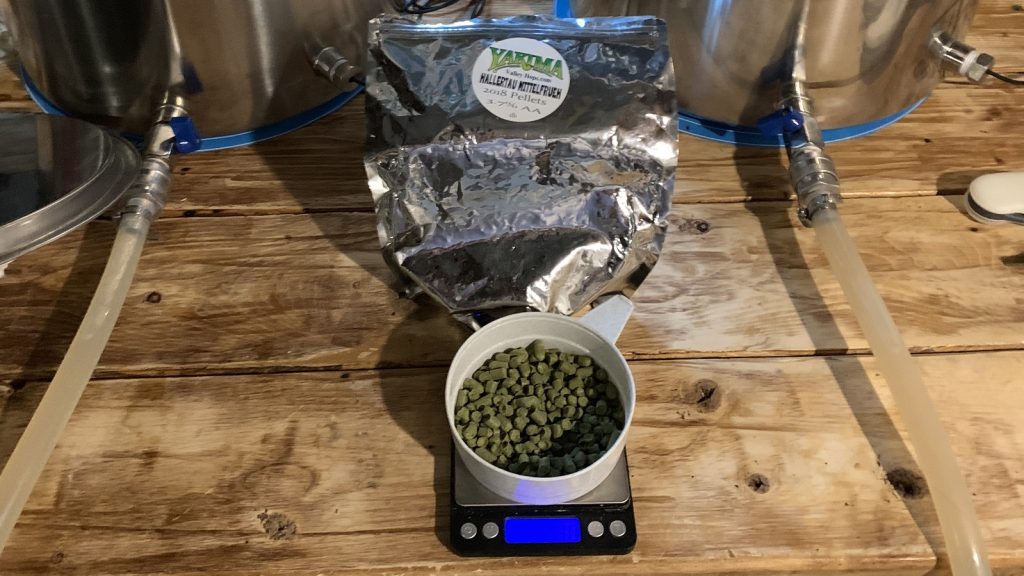
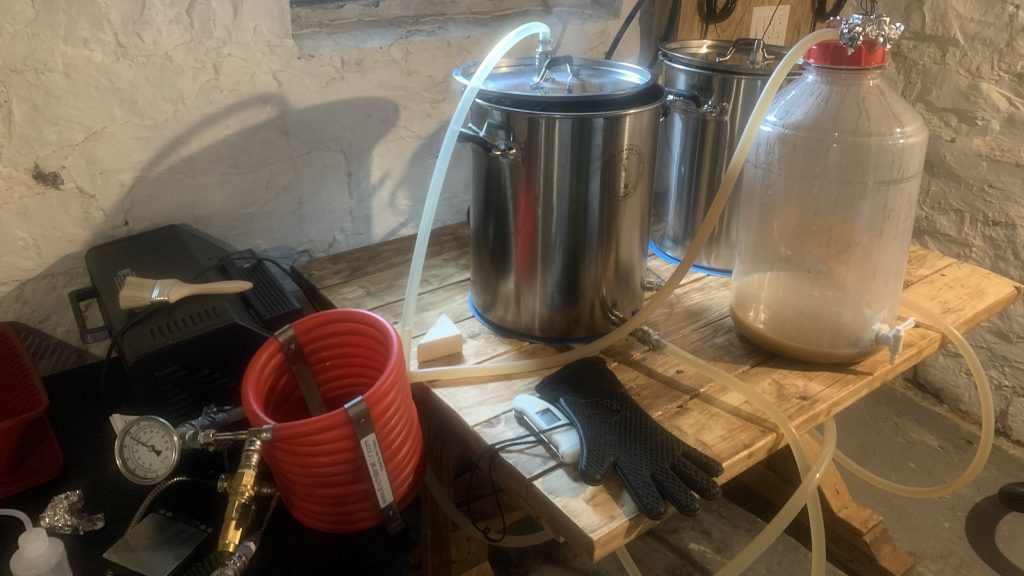
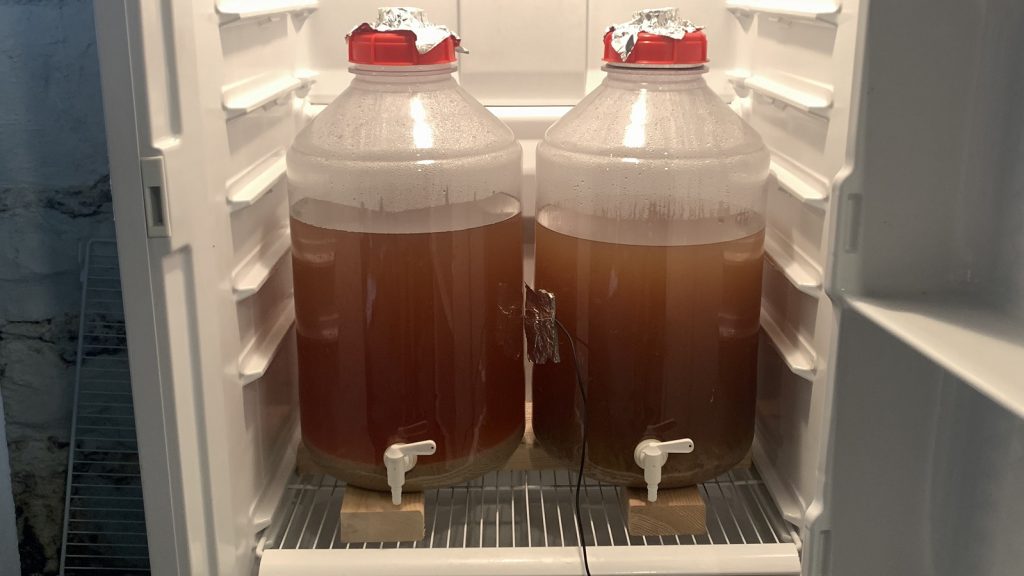
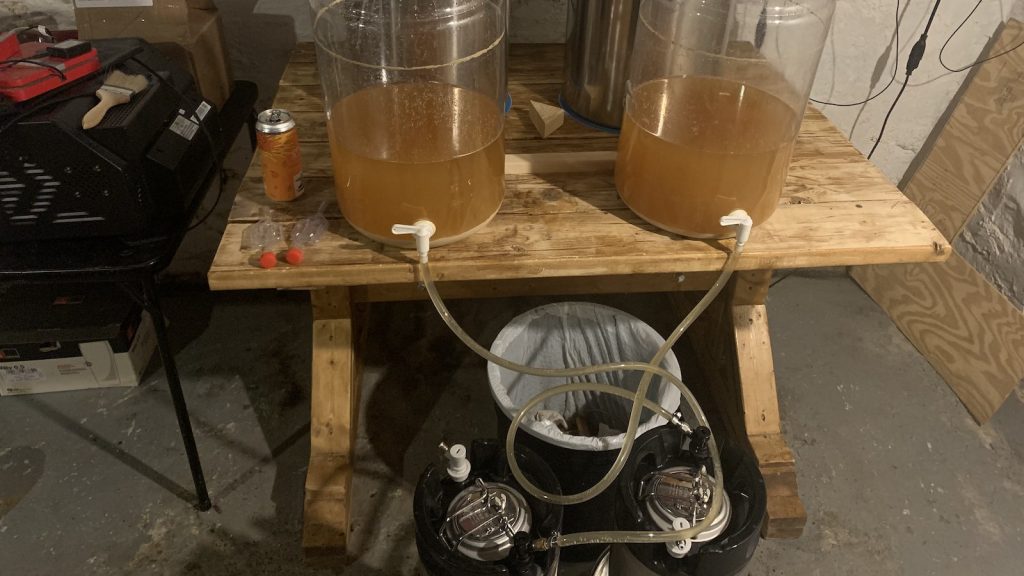











24 thoughts on “exBEERiment | Bittering Hops: 60 Minute vs. 30 Minute Kettle Addition In Pale Lager”
Will you conduct another blind tasting once the beer has lagered for a few weeks?
That is my plan, actually. We won’t write a post about it but I’d be happy to share my experience 🙂
Greetings. I would also be very interested to read your experience after lagering for a few weeks. Based on the “short & shoddy” method I have been doing 30min boils. I didn’t taste any change in quality, however I did notice that the shelf life of my beers went down. I bottle and after a couple of months my beer became almost undrinkable–nothing else changed except the boil/bittering additions. Perhaps you can set aside a few bottles and expand the experiment to test for potential flavor changes & shelf life? Cheers
Eduardo,
Curious what flavor change happened in the beer to make it undrinkable. Loss of bitterness? A specific new flavor emerge? What’s going on?
Life Spring: Yes, fading/ loss of bitterness was one of the things I noticed, but in general I perceived that the beer aged much quicker. I never noticed such a quick decay in my pale ales when I did 60 min additions, and even maltier styles, e.g., Scottish and Brown ale, seem to decay much faster when I do 30 min boils. Scott Janish or Stan Hieronymus mentioned something about hop/beer stability dependent on early bittering hop additions, but I need to look in their books to see who said it.
That just sounds like normal aging and oxygen ingress to me. Especially if you’re not storing them in a refrigerator or if you aren’t careful to avoid oxygen pick-up during the bottling process.
No, I don’t think so, my oxygen ingress is minimal and I have a cellar with stable temperature. Also, and like I mentioned, quicker decay was never an issue with +60 minute additions, only when I did 30 minute bittering. Maybe quicker decay is not a problem for fast turnaround beers like the ones you make, but it would be a problem for beers that need a few months of conditioning to reach their prime, dont you think? Anyway, look forward to reading about future experiments (if any) regarding decay and the impact of 30 or 60 min bittering additions. Cheers,
In the introduction, you state that one of the motivations for this experiment is the ‘new’ concept of reduced boil lenght. However, you boiled both batches for sixty minutes for the sake of consistency. Might this have had an impact on the taste of the beer (i.e. more sulphury notes due to different types of molecules in the boiled wort)? Maybe it is worthwile comparing a 30 minute boil to a sixty minute boil, while both beers are hopped to the same IBU?
Good thinking but I’m all but certain that the sulfur and hazy appearance are a result of the beer still being green. It was fermented cool for nearly a week before a thorough diacetyl rest and kegged just a few days ago.
We actually did a boil length xbmt not too long ago. No one detected any sulfur character.
https://brulosophy.com/2015/09/14/boil-length-pt-2-pilsner-malt-exbeeriment-results/
Hi Phil,
Agreeing that the difference you noticed might not be due to the variable, I think the conclusion could be that a 30 minute addition is a poor use of hops: it yields less bitterness than a 60 minute, while the hops aromatic qualities boil away to about the same low level.
So unless you are also reducing boil length to 30 minutes (saving time and fuel), there is no benefit to a 30 minute addition?
There are studies showing that the vast majority of hop-derived bitterness happens within 5-10 minutes of adding hops to boiling wort. So while it is true that you will likely end up with a higher IBU from early boil additions, at the homebrew scale, the difference is nominal.
I don’t know that I’d say there’s no benefit to adding hops at 30 minutes. It’s all relative to what you are brewing and how much hop presence & bitterness you are aiming for. Interestingly, Matt’s original xbmt showed there was a difference between his beers made with hops added at 60 vs 30 min, and the differences he and his tasters were able to detect were not the same as mine. As is the case with most any analysis, more data is needed!
What hop biitterness formula did you use? Tinseth? Garetz would require 2x the hops at 30 minutes of boil. It would be great to see if you can send out samples and actually measure IBU’s to correlate.
I see you fined with gelatin in the keg rather than the fermenter. Is this your normal practice and do you see any additional benefit/annoyances of doing so?
hops contribute thiols which can contribute sulphur type notes, but sulphur is a broad range of smells ranging from burnt match to skunk to cabbage. So it depends on which sulphur you are picking up. Most likely scenario for your differing result is bacterial or yeast contamination in that batch.
Right, I guess I could have been more descriptive with my sulfur perceptions. Both of these beers are what I’d describe as “green” with low matchstick and very low eggy sulfur notes, which is typical of young beers made with this yeast strain. One of them just had more of those notes than the other.
“Green’ could even be acetaldehyde, often described as green apple. This is a fermentation flavour/off-flavour.
Longer lagering times reduce acetaldehyde so this may diminish over time. (Sorry but I dont have a reference for this to hand)
In an ideal world we would run multiple iterations of an experiment like this to reduce the chance that fermentation variability produced an effect unrelated to the experimental variable.
Calling a beer green simply means that it’s young/fresh. There’s no acetaldehyde in either of these beers. The sulfur I detected in both beers will dissipate as they sit in the kegs for a while.
In an ideal world we’d be running double blind tests with hundreds of participants in a proper sensory evaluation room, but here we are!
oh and the hallmark of any good research study is to start with a literature review. Try using google scholar with beer, hops, sulphur and you will find a bunch of leads. you won’t have access to them all but the abstracts should give you some clues to chase down.
I have two points to make. 1, I think the boil times should have reflected the hop additions as I was under the impression you wanted to save time.2, I am strong believer that the oils in the hops are a factor in the perception of a beer. The bonds might be different based on time of boil and how the yeast interacts during fermentation.
When you do a “self test”, why don’t you fill 2 glass of each type?
Normally the testers don’t know what is tested, but you know.
Or I can learn to read.
Hahaha we’ve all been there!
How did these beers age? Did they even out to become more similar?
I’d say that they were more similar than they were different. Sulfur notes dissipated over time, though they both still had a classic lager sulfur character to them.